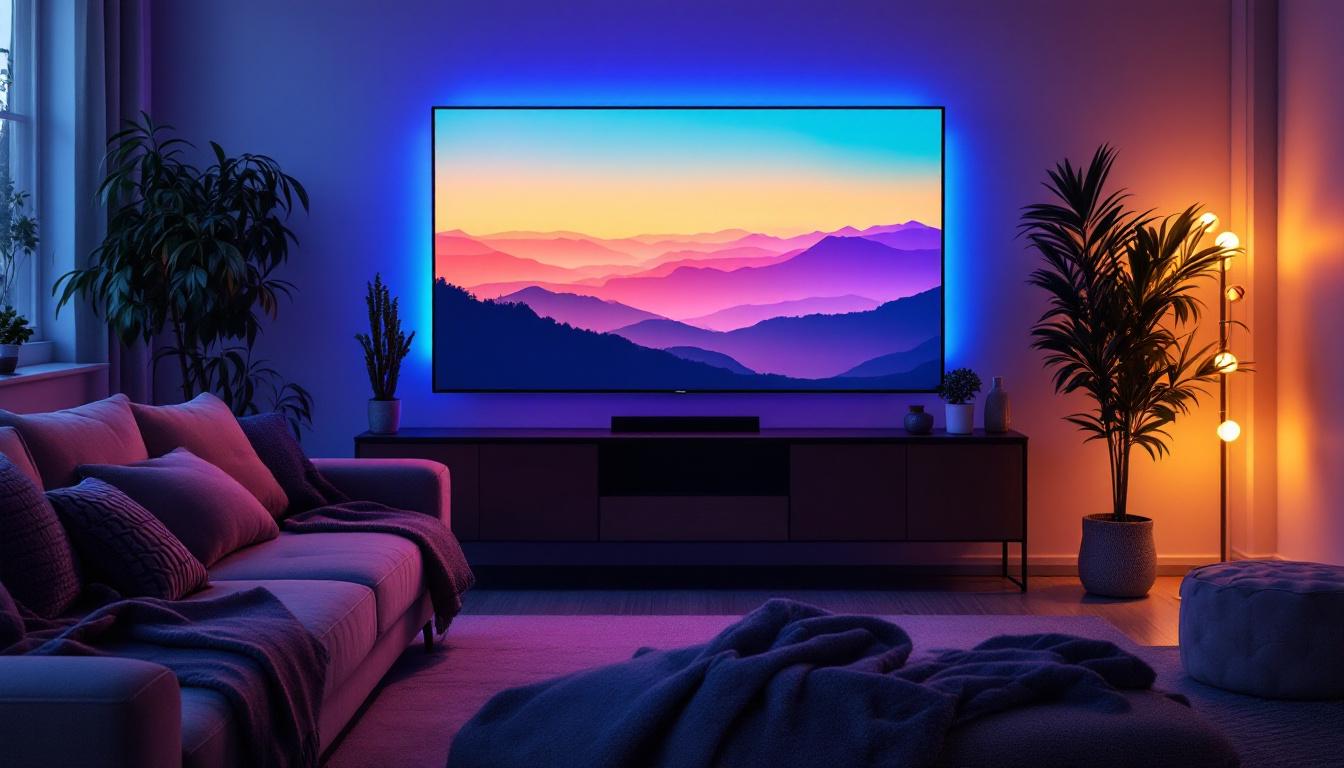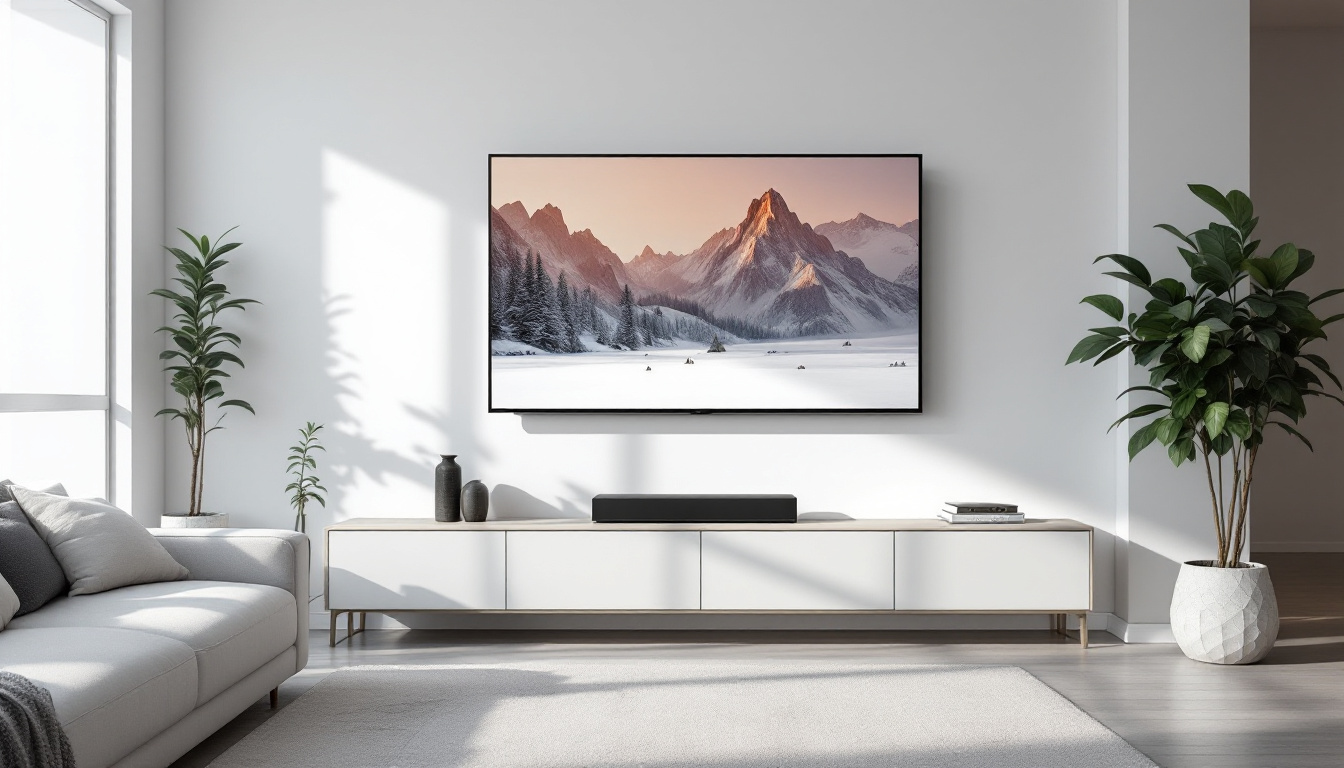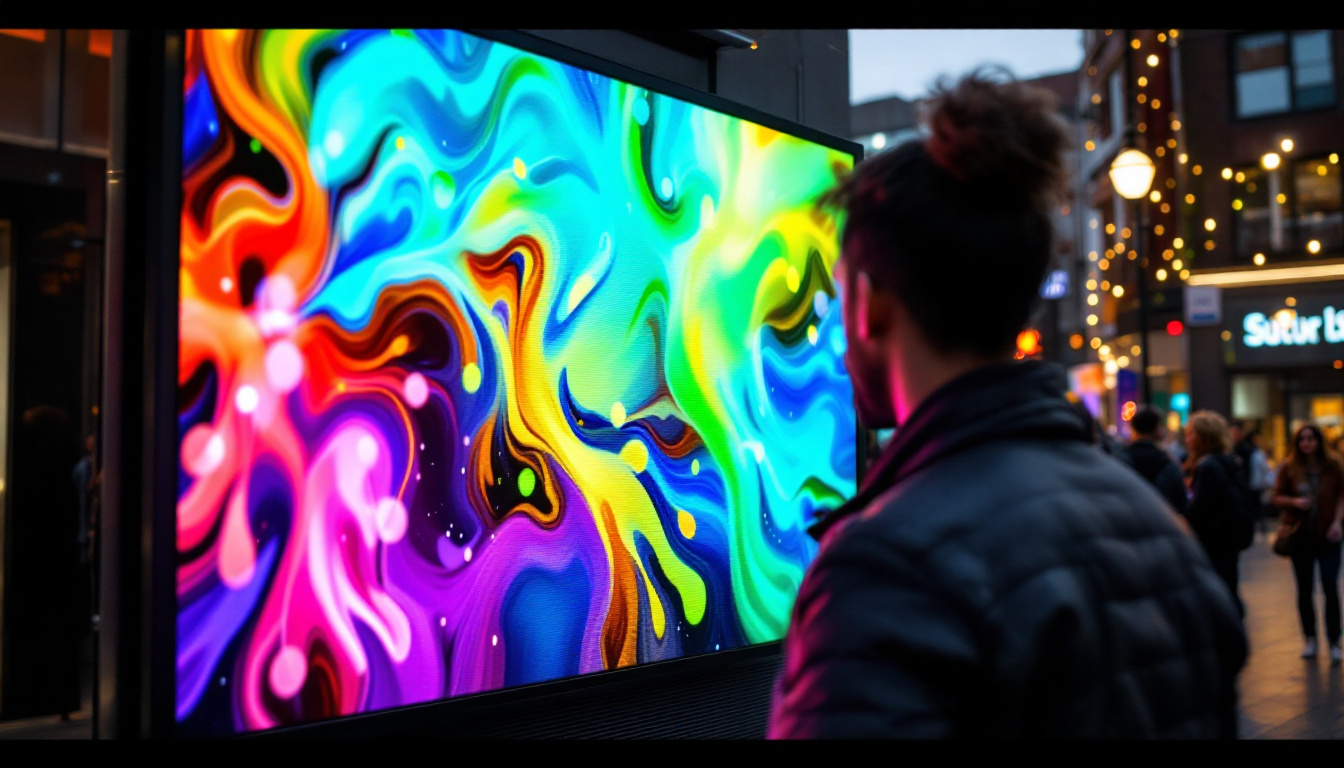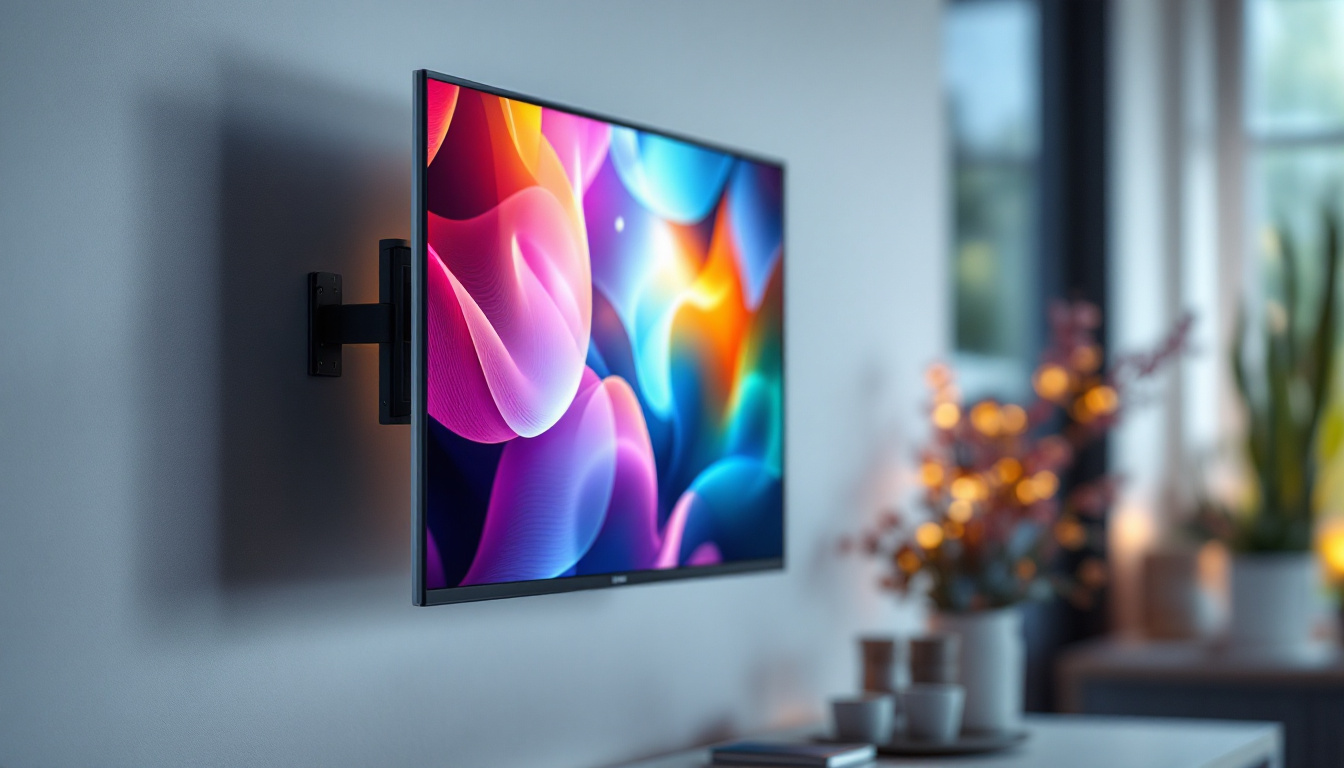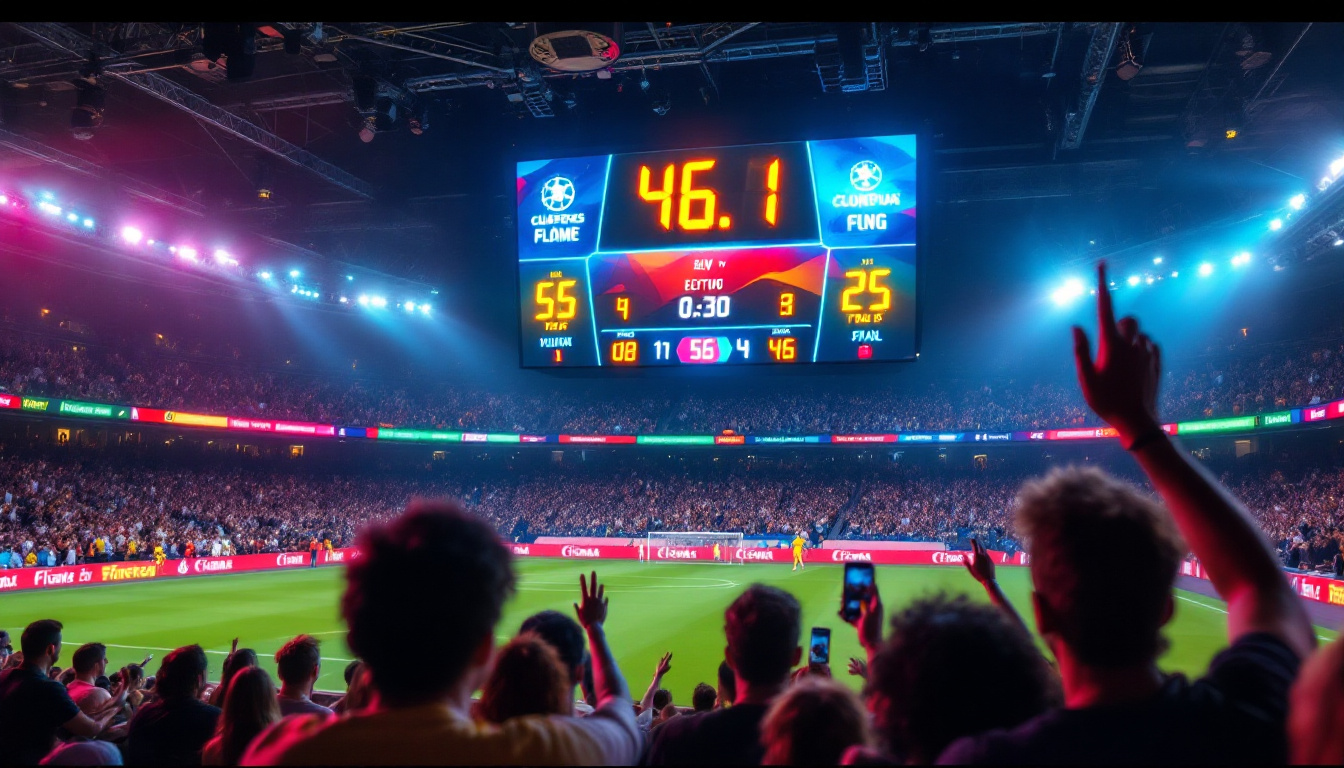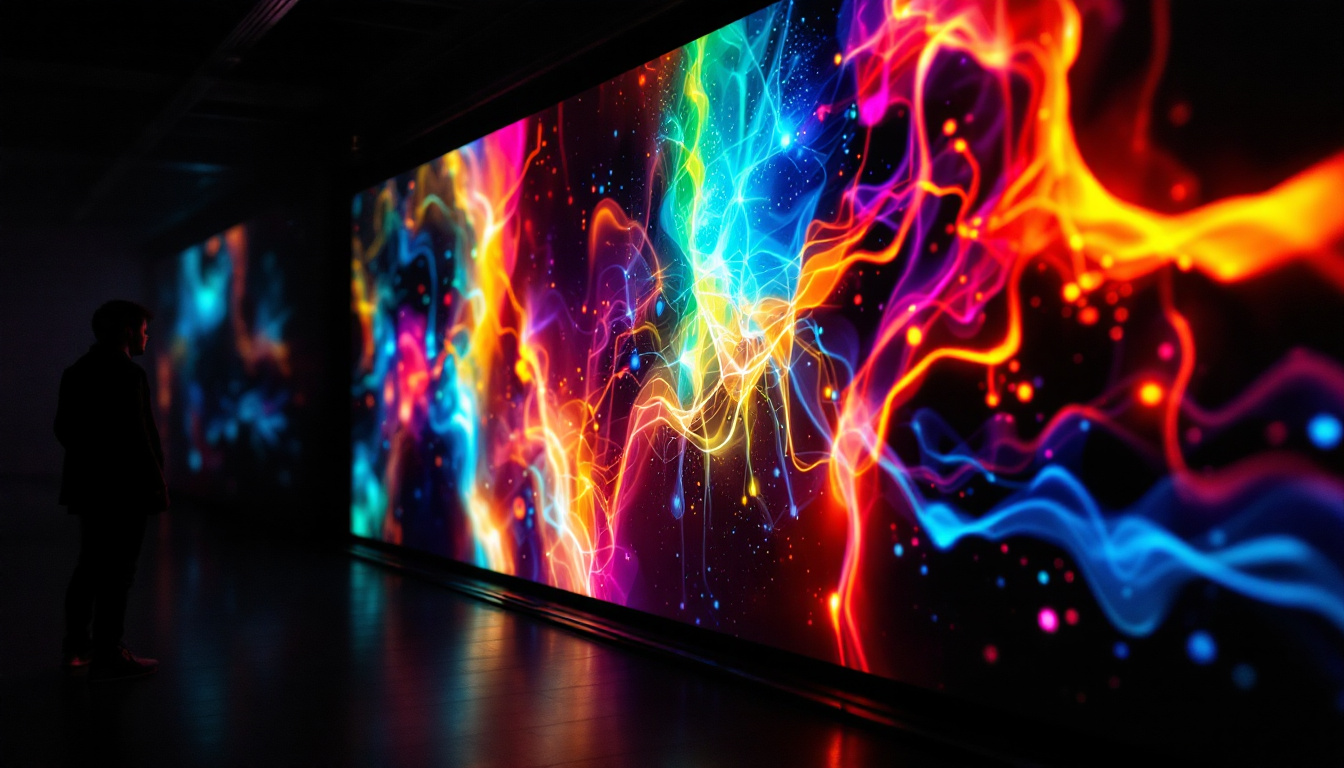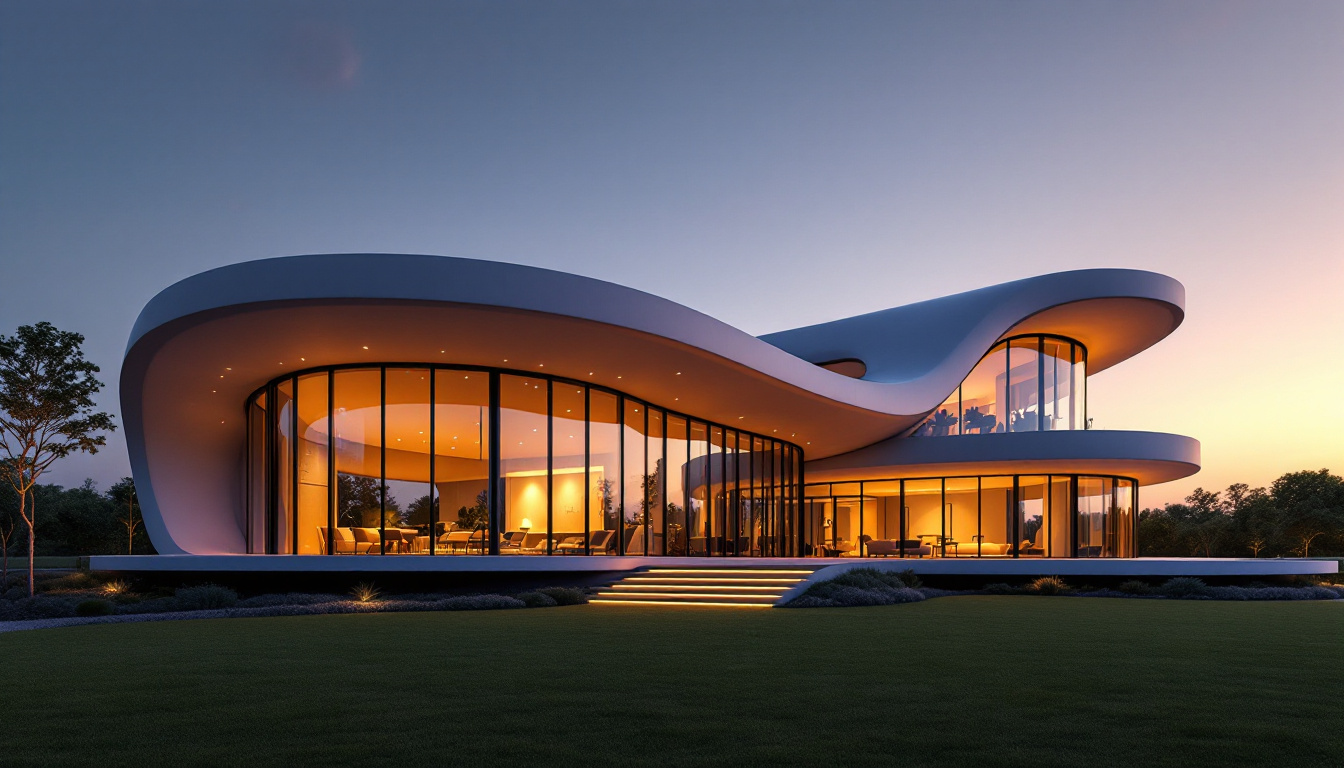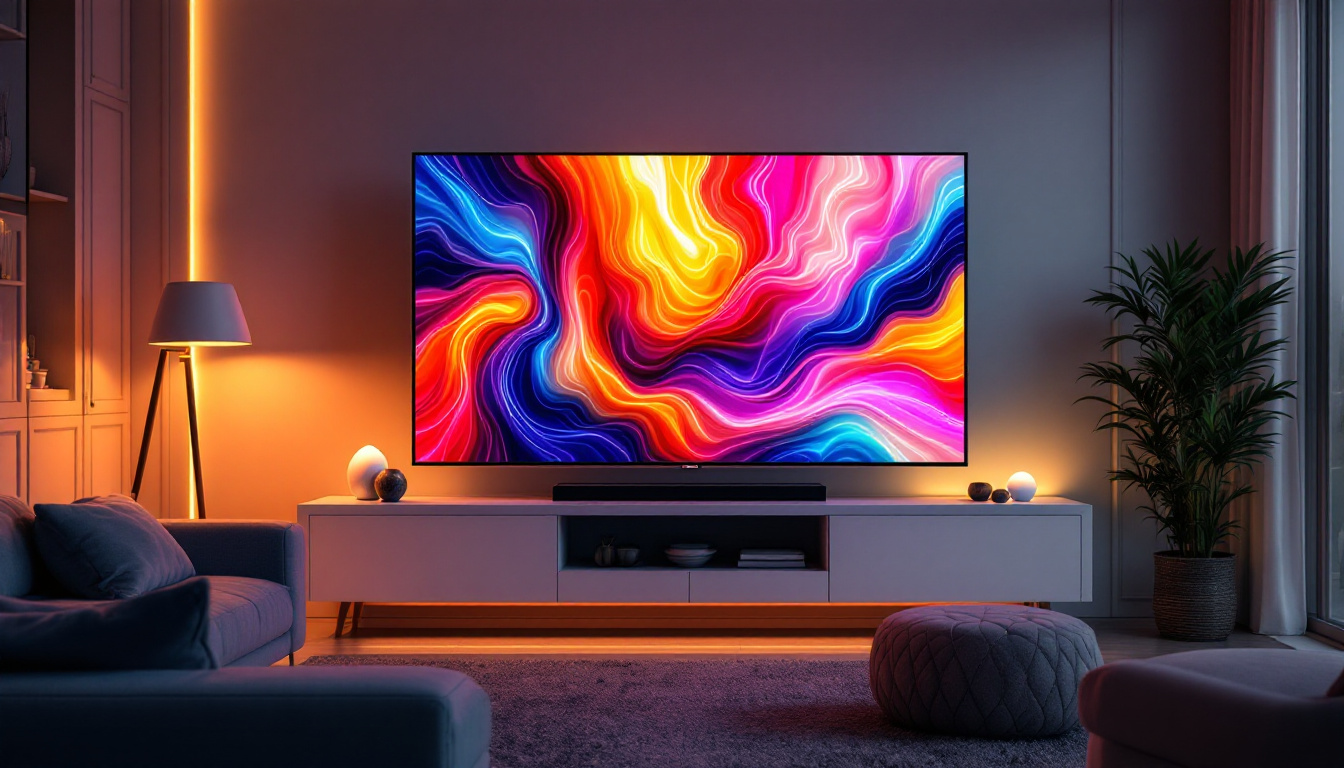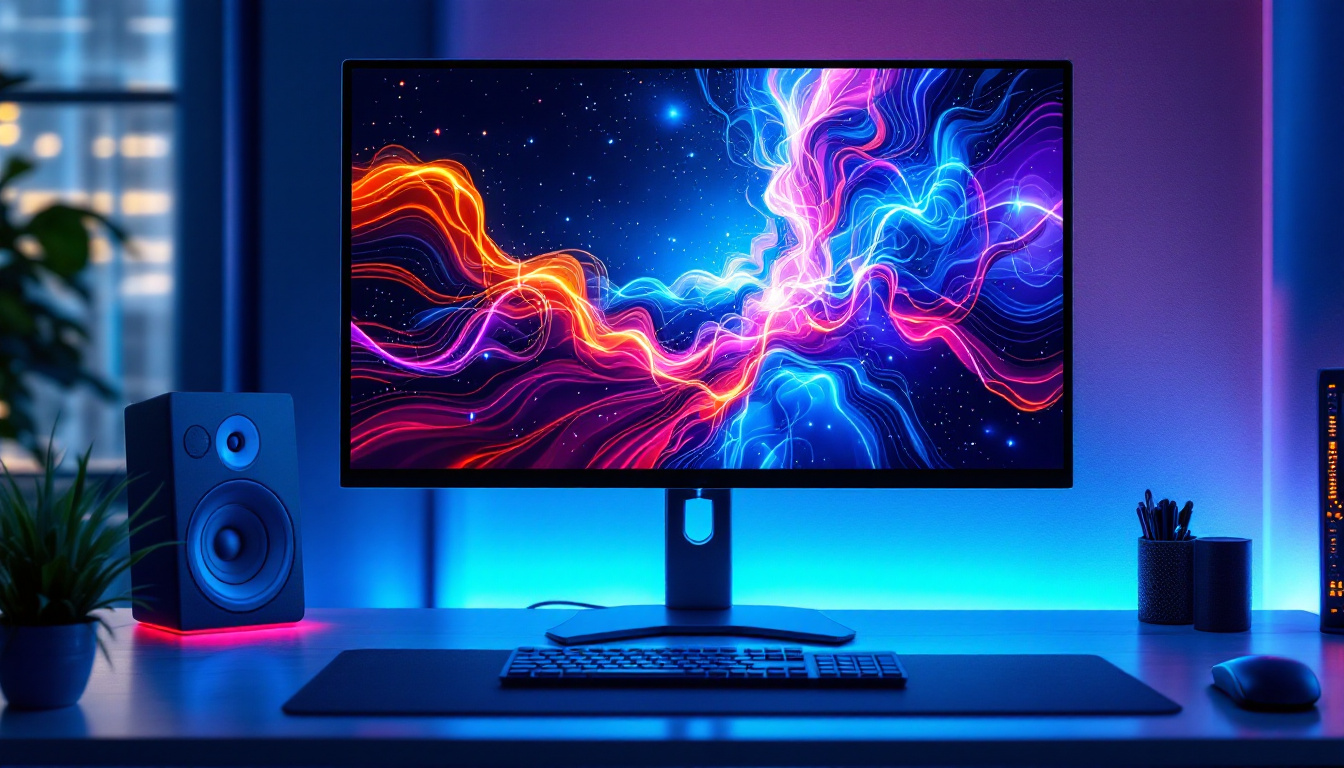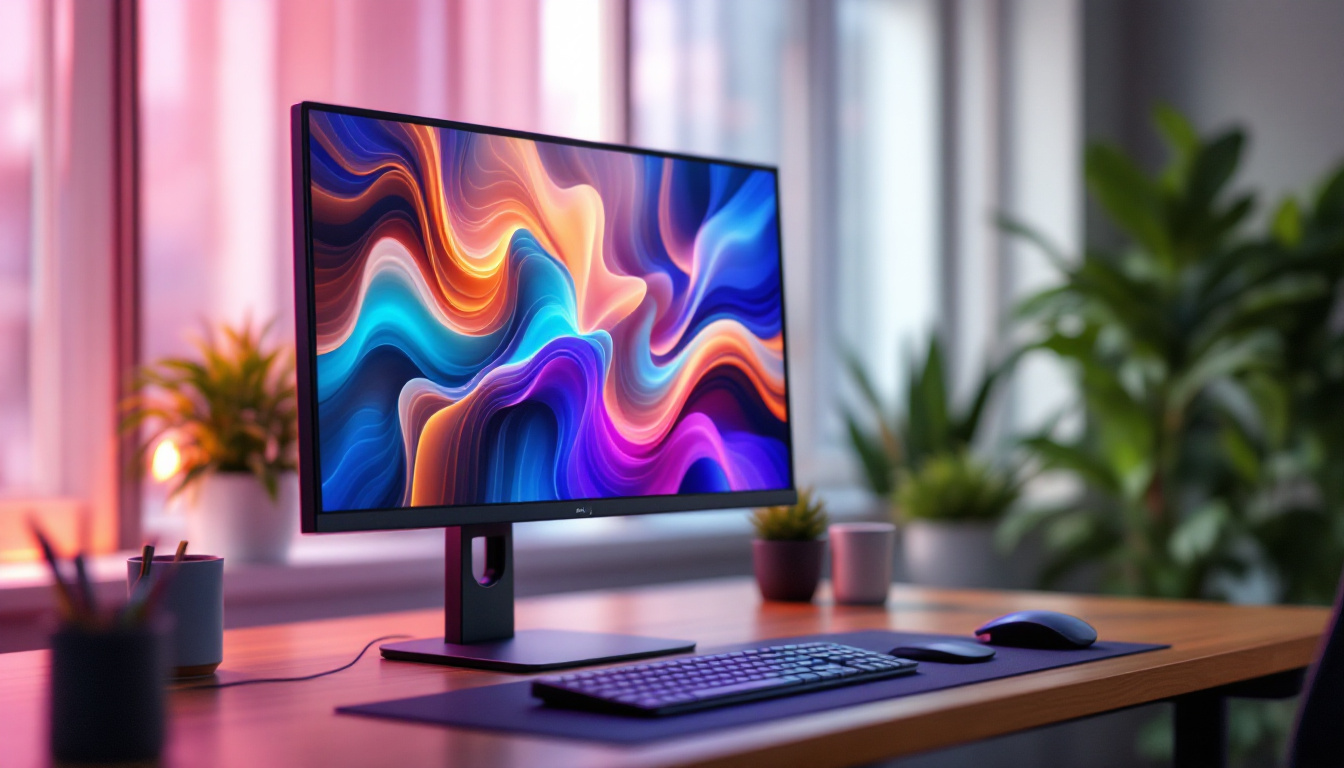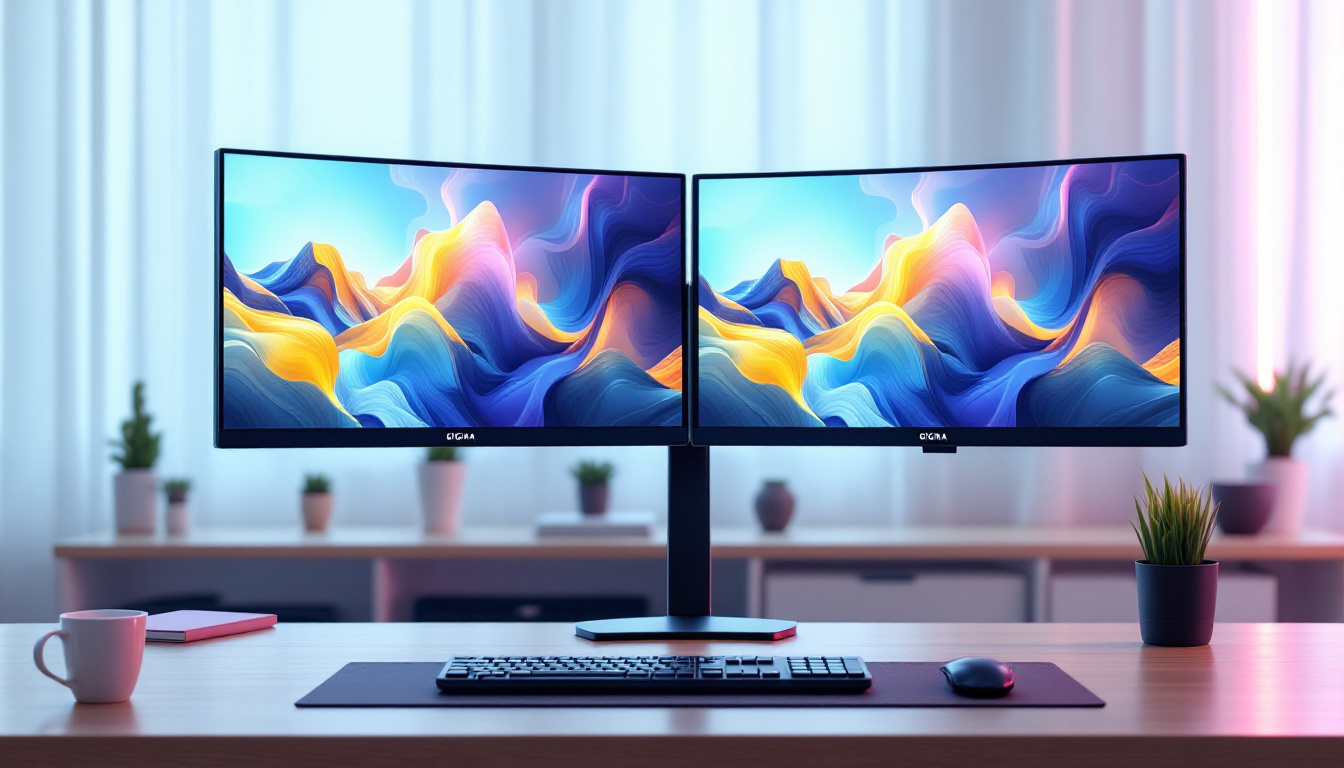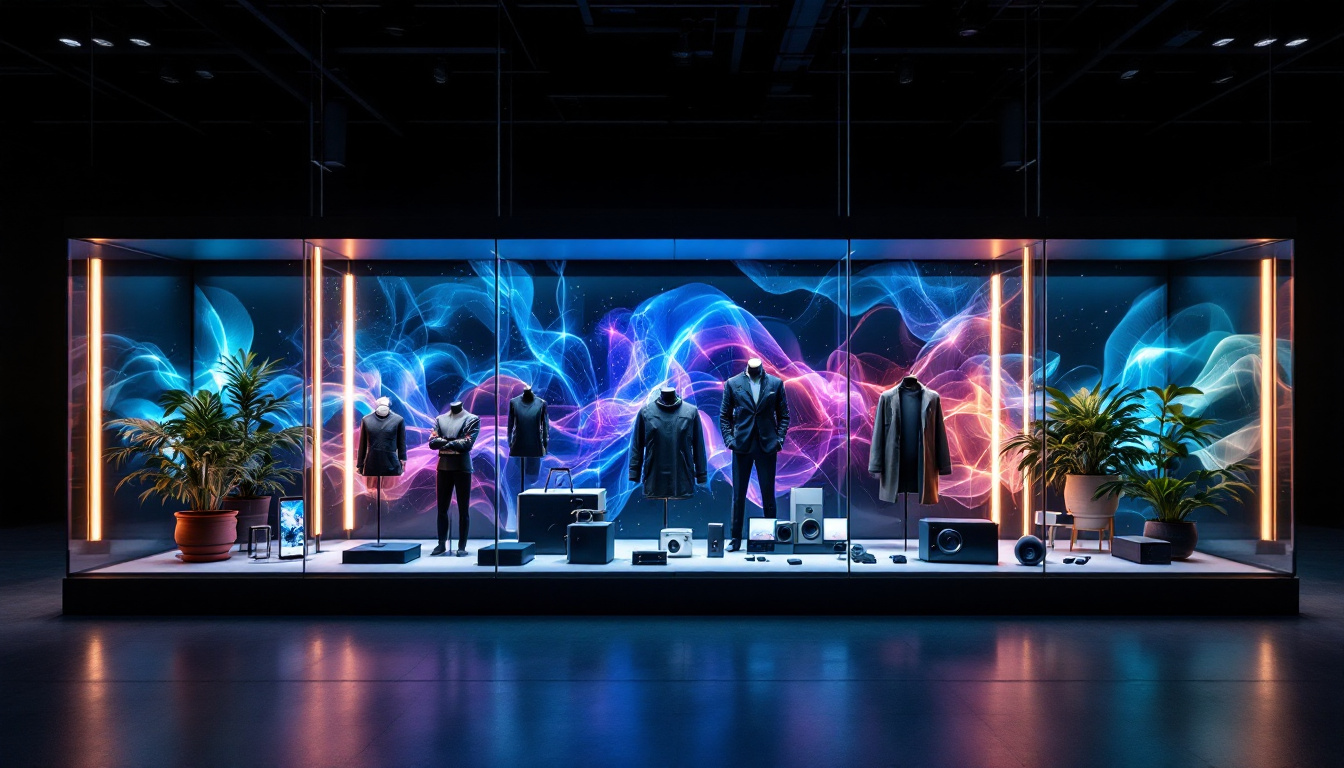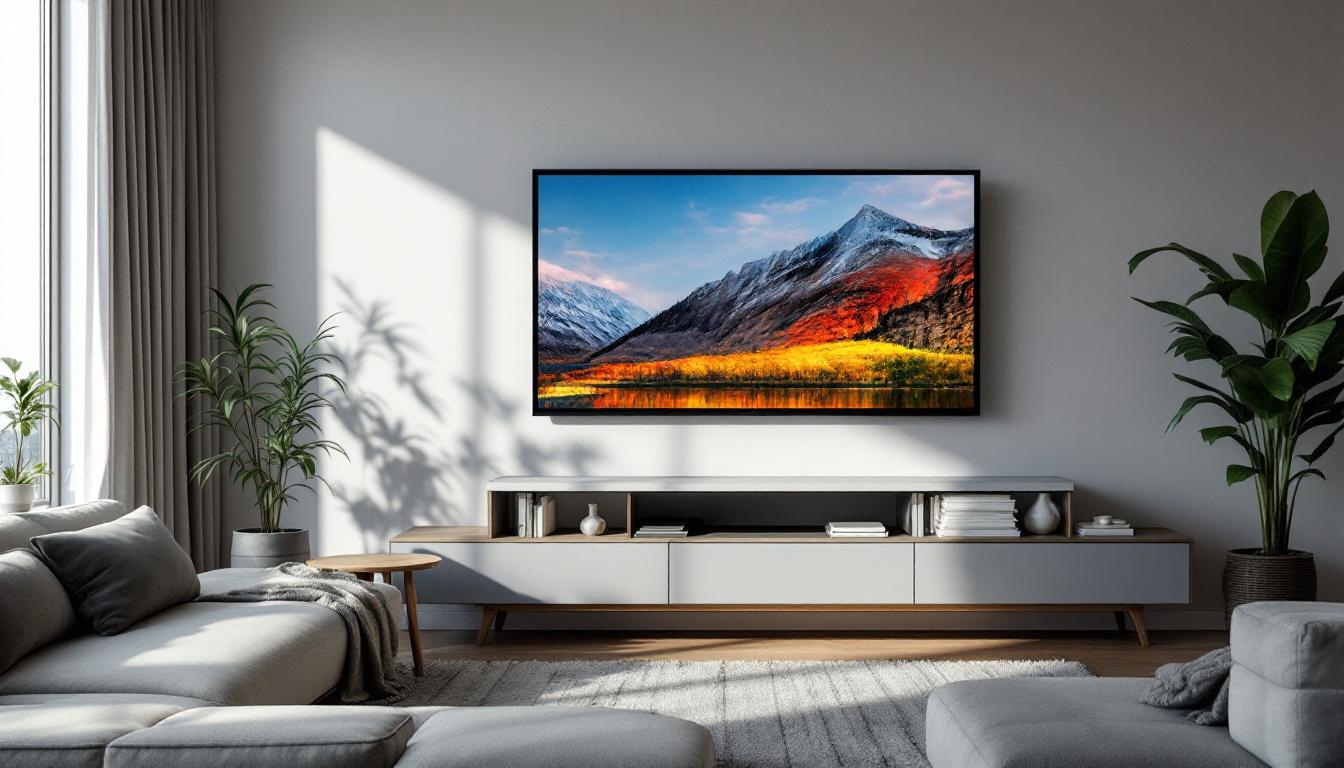Choosing the right viewing distance for a 75-inch TV is essential for an immersive and comfortable viewing experience. With the rise of LED display technology, understanding how screen size, resolution, and viewing distance interact can help you maximize your home entertainment setup. This article explores the optimal viewing distances for a 75-inch LED TV, the technology behind LED displays, and practical tips to enhance your viewing pleasure.
Understanding the Basics: Why Viewing Distance Matters
Viewing distance is the space between your eyes and the television screen. It plays a crucial role in how you perceive picture quality, sharpness, and overall comfort. Sitting too close to a large screen can cause eye strain and make individual pixels visible, while sitting too far can reduce detail and immersion.
For a 75-inch TV, which is considered a large screen size, the right viewing distance ensures that you enjoy the full benefits of the display’s resolution and technology. This balance is especially important with LED TVs, which offer bright, vibrant images but can reveal imperfections if viewed improperly. Additionally, the viewing distance can influence your overall viewing experience, affecting how you engage with the content, whether it’s a thrilling action movie or a serene nature documentary.
Moreover, the ambient lighting in your room can also impact how you perceive the image quality. A well-lit room may require you to adjust your distance to avoid glare and reflections on the screen, while a darker environment can enhance contrast and depth, allowing you to sit closer without discomfort. Understanding these nuances can significantly elevate your home theater experience, making it essential to consider both the distance and the room’s lighting conditions.
The Relationship Between Screen Size and Viewing Distance
Screen size is measured diagonally across the display, so a 75-inch TV means the diagonal length of the screen is 75 inches. The larger the screen, the further back you generally want to sit to take in the entire picture comfortably without moving your head excessively.
Experts often recommend a viewing distance that is roughly 1.5 to 2.5 times the diagonal screen size for HD TVs. For a 75-inch screen, this translates to a range of approximately 9.5 to 15.5 feet. However, this guideline can vary based on resolution and personal preference. For instance, if you have a 4K Ultra HD TV, you might find that you can sit closer without losing picture quality, as the higher pixel density allows for a more immersive viewing experience without the visible pixelation that can occur with lower resolutions.
In addition, the layout of your room can also dictate the optimal viewing distance. If your seating arrangement is fixed, you may need to adjust the height of your TV or the angle at which it is mounted to ensure that everyone in the room has a clear view. This is particularly important in larger spaces where viewers may be seated at varying distances from the screen. Taking the time to assess your setup can lead to a more enjoyable and engaging viewing experience, allowing you to fully appreciate the cinematic quality of your favorite films and shows.
LED Display Technology: What Makes It Special?
LED TVs are a type of LCD television that use light-emitting diodes (LEDs) to backlight the screen instead of traditional cold cathode fluorescent lamps (CCFLs). This technology offers several advantages that impact viewing experience and distance considerations.
Brightness and Contrast
LED backlighting allows for higher brightness levels and better contrast ratios compared to older LCD models. This means images appear more vivid and colors more accurate, even in well-lit rooms. A brighter screen can be viewed comfortably from a slightly greater distance without losing detail.
Resolution and Pixel Density
Most 75-inch LED TVs today come with 4K Ultra HD resolution (3840 x 2160 pixels). This high pixel density means that when viewed from the recommended distance, the human eye cannot distinguish individual pixels, resulting in a crisp, detailed image.
For 4K TVs, the ideal viewing distance is generally closer than for 1080p TVs because the higher resolution supports sharper images at shorter distances. For a 75-inch 4K LED TV, sitting about 6 to 9 feet away is often recommended to fully appreciate the detail.
In addition to resolution, many LED TVs now incorporate advanced technologies such as High Dynamic Range (HDR), which enhances the range of colors and contrast even further. HDR allows for brighter highlights and deeper shadows, creating a more dynamic and lifelike viewing experience. This feature is particularly beneficial for watching content that has been specifically mastered for HDR, such as many modern films and streaming shows, allowing viewers to see details that would otherwise be lost in darker scenes.
Furthermore, the integration of smart technology into LED TVs has transformed them into multifunctional entertainment hubs. With built-in streaming services, voice control capabilities, and connectivity options, users can easily access a wide array of content without the need for additional devices. This seamless integration of technology not only enhances convenience but also enriches the overall viewing experience, making LED TVs an essential component of modern home entertainment systems.
Optimal Viewing Distances for 75-Inch LED TVs
Standard HD vs. 4K Ultra HD
When determining the best viewing distance, the TV’s resolution is a key factor. For a 75-inch TV:
- 1080p HD TVs: Sitting between 9.5 and 15.5 feet away is ideal. Closer than this, and you may notice pixelation or a less sharp image.
- 4K Ultra HD TVs: The ideal distance shrinks to between 6 and 9 feet. At this range, the increased pixel density allows you to see finer details without pixelation.
These distances also depend on your visual acuity and room layout, but they provide a solid starting point. Additionally, it’s worth noting that the size of the room can significantly influence your viewing experience. A larger room may allow for more flexibility in seating arrangements, while a smaller space might necessitate a more compact setup to maintain optimal distances. Furthermore, the type of content you’re watching can also play a role; for instance, immersive films or high-definition sports broadcasts may benefit from closer viewing distances to enhance the experience.
Viewing Angle and Seating Arrangement
Besides distance, the angle at which you view the TV affects picture quality. Most LED TVs have a viewing angle of about 178 degrees horizontally, meaning the image remains clear even when viewed from the side. However, for the best color accuracy and contrast, sitting directly in front of the screen is preferable.
For a 75-inch TV, arrange seating so viewers are centered and not too far off to the sides. This setup ensures everyone enjoys the optimal picture quality and viewing comfort. Consider incorporating adjustable seating options, such as recliners or movable couches, to accommodate different viewing preferences. Additionally, the height of the TV is crucial; ideally, the center of the screen should be at eye level when seated. This positioning not only enhances comfort but also reduces neck strain during extended viewing sessions. Creating a cozy viewing environment with appropriate lighting can further enhance the experience, allowing for a more enjoyable and immersive atmosphere.
Additional Factors Influencing Viewing Distance
Room Size and Layout
Not every room can accommodate the ideal viewing distance perfectly. In smaller rooms, you may have to sit closer to the TV, which makes a 4K resolution more important to avoid pixelation. Conversely, in larger rooms, sitting too far away from a 75-inch TV might diminish the immersive experience.
Consider the placement of furniture and the natural focal points in your room when deciding where to position your TV and seating.
Content Type and Viewing Preferences
The type of content you watch can also influence your preferred viewing distance. For example, watching fast-paced sports or action movies benefits from sitting closer to the screen to catch every detail, while casual TV watching or news might be comfortable at a slightly greater distance.
Additionally, some viewers prefer a more cinematic experience, which may mean sitting closer to fill their field of vision, while others prioritize comfort and sit further back.
Practical Tips for Setting Up Your 75-Inch LED TV
Measure Your Space
Before purchasing or setting up your TV, measure the distance between your intended seating area and the TV wall or stand. This helps ensure that your room can accommodate the recommended viewing distance.
Adjust Lighting Conditions
LED TVs perform well in bright rooms due to their high brightness levels, but glare from windows or lights can still affect viewing comfort. Position your TV to minimize reflections and consider using curtains or blinds to control ambient light.
Calibrate Your TV Settings
Proper calibration of brightness, contrast, and color settings can enhance picture quality and reduce eye strain. Many LED TVs come with preset modes like “Cinema” or “Game” that adjust these parameters automatically.
Consider Wall Mounting
Wall mounting your 75-inch TV can help optimize viewing height and distance. The center of the screen should be at eye level when seated to prevent neck strain and provide the best viewing angle.
Conclusion: Maximizing Your 75-Inch LED TV Experience
Choosing the right viewing distance for your 75-inch LED TV is a balance between screen size, resolution, room layout, and personal preference. For 4K Ultra HD models, sitting between 6 and 9 feet away offers the best combination of detail and immersion, while 1080p TVs require a bit more distance to avoid pixelation.
Understanding LED technology’s benefits, such as enhanced brightness and contrast, helps in optimizing your setup for comfort and picture quality. By considering factors like viewing angle, room lighting, and content type, you can create a home theater experience that fully leverages your large-screen TV.
Ultimately, the goal is to enjoy your favorite movies, shows, and games with stunning visuals and minimal eye strain. With a 75-inch LED TV and the right viewing distance, the cinematic experience is right in your living room.
Discover the Future of Viewing with LumenMatrix
Ready to transform your home theater experience with the latest in LED display technology? LumenMatrix is at the forefront of innovation, offering a wide range of LED display solutions that bring your viewing to life. From immersive Indoor LED Wall Displays to dynamic Outdoor LED Wall Displays and beyond, our products are designed to maximize your visual engagement and enhance your entertainment space. Embrace the future of visual communication and check out LumenMatrix LED Display Solutions today to discover how you can share your message with unparalleled impact and clarity.

